One of the most expensive green teas in the world
Gyokuro translates to Jade Dew in English, and this sublime name reflects its status amongst green tea connoisseurs. Deep green in color, due to the high chlorophyll content, and intensely flavored, gyokuro is the most highly regarded green tea in Japan and one of the world’s most expensive.
With an average cost of 1 USD per gram of loose-leaf tea, gyokuro is considerably more expensive than other Japanese green teas. In contrast, the average price of Japanese green tea has been around 0.03 USD per gram for over a decade. However, with a high price tag comes exceptional quality. As you will learn, cultivating this special plant is labor-intensive and expertly executed.
What makes it so unique? Cultivating a premium tea
The unmatched flavor and powerful health benefits of gyokuro green tea are developed during its cultivation. This complex farming effort enables the tea to command such a high price.
Perhaps the most significant process the tea must endure is shading. Unlike many other Japanese green teas, which are usually shaded for around a week, gyokuro is shaded for up to a month. The traditional shading process using straw or light cloth increases the umami and sweetness of the tea while lowering the bitterness by reducing the plant’s catechin content—a natural sunblock.
Beyond this, gyokuro tea plants need extra nutrients to survive prolonged periods without sunlight. When picking, only the youngest, most nutrient-rich, and flavorsome leaves are harvested, meaning farmers yield far less from the same size plot as they would with standard tea plants. Finally, special machines are required to ensure the tea leaves are rolled extra tightly, locking in more moisture and taste.
The taste test: A lingering flavor worth paying for
So, once you understand the sheer amount of effort that goes into cultivating Japan’s finest green tea, you’ll realize why it has such a hefty price tag. However, you might still be wondering why the small numbers of farmers that produce gyokuro go to such lengths. One word: taste.
Gyokuro has a great depth of flavor. On the one hand, it is rich and full-bodied, packed with umami notes. While on the other, the tea has a distinct caramel sweetness that lingers on the palate. The absence of bitterness gives the tea a silky smooth finish that isn’t laced with tannins.
However, to truly enjoy the flavor of gyokuro, you must brew it correctly. The number one consideration is temperature. Unlike other green teas, which typically brew at a temperature of 70°C – 80°C, the optimum temperature for brewing gyokuro is around 50°C – 60°C. Get this wrong, and you’ll fail to extract the unique mellow taste that makes gyokuro desirable.
The numerous health benefits of gyokuro
Gyokuro has a high caffeine content that is stabilized by the amino acid theanine. This means the tea releases caffeine slowly, helping boost mental alertness and supporting the healthy function of your brain. Drinking gyokuro is also great for heart health, lowering blood pressure, blocking bad cholesterol, and lowering blood sugar levels.
Beyond this, gyokuro has anti-inflammatory properties and can help lighten your mood by providing better concentration and relieving anxiety. Green tea’s health benefits are well-known, particularly its antioxidant qualities. As well as being delicious, gyokuro is incredibly good for you too.
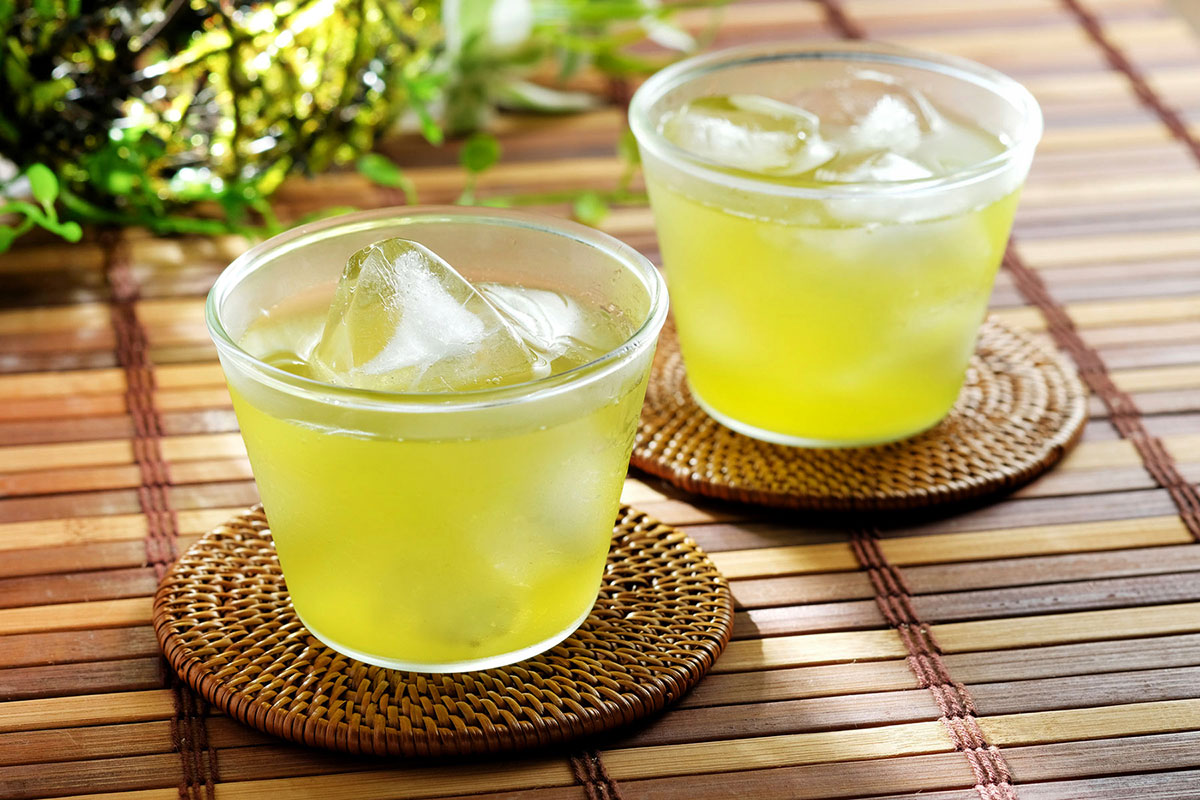
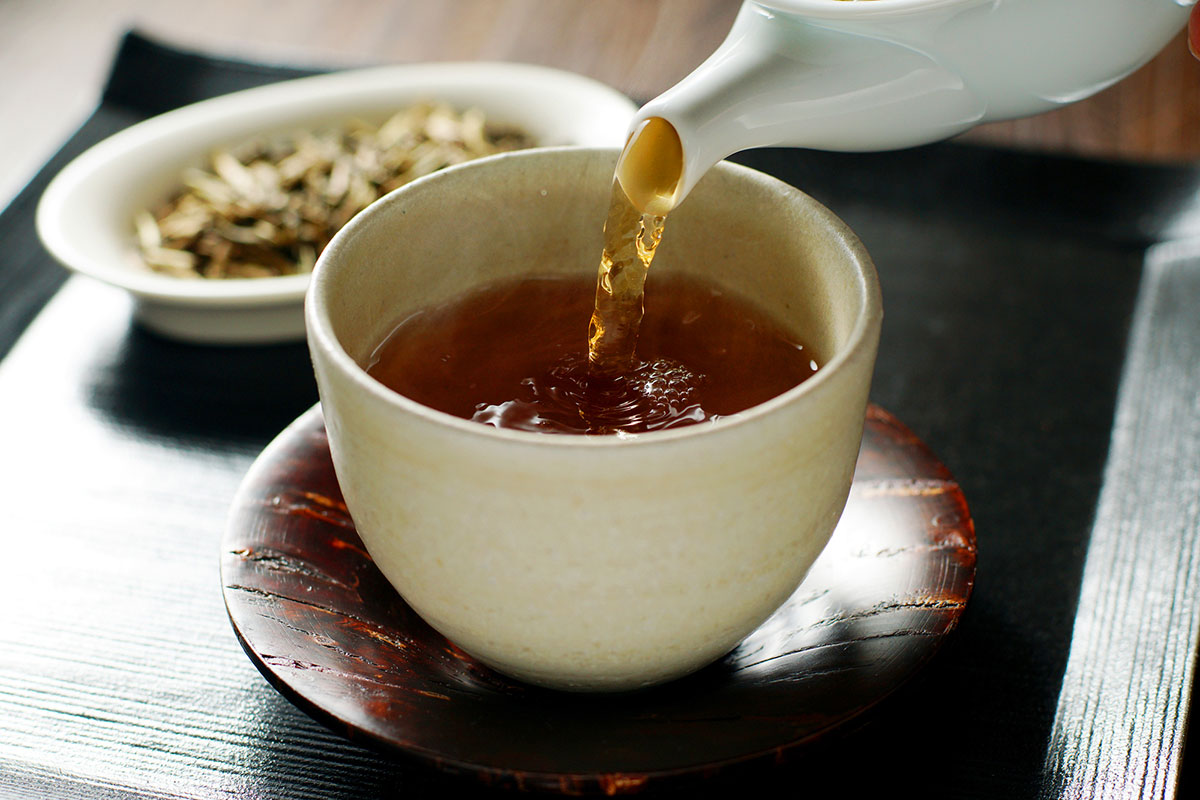
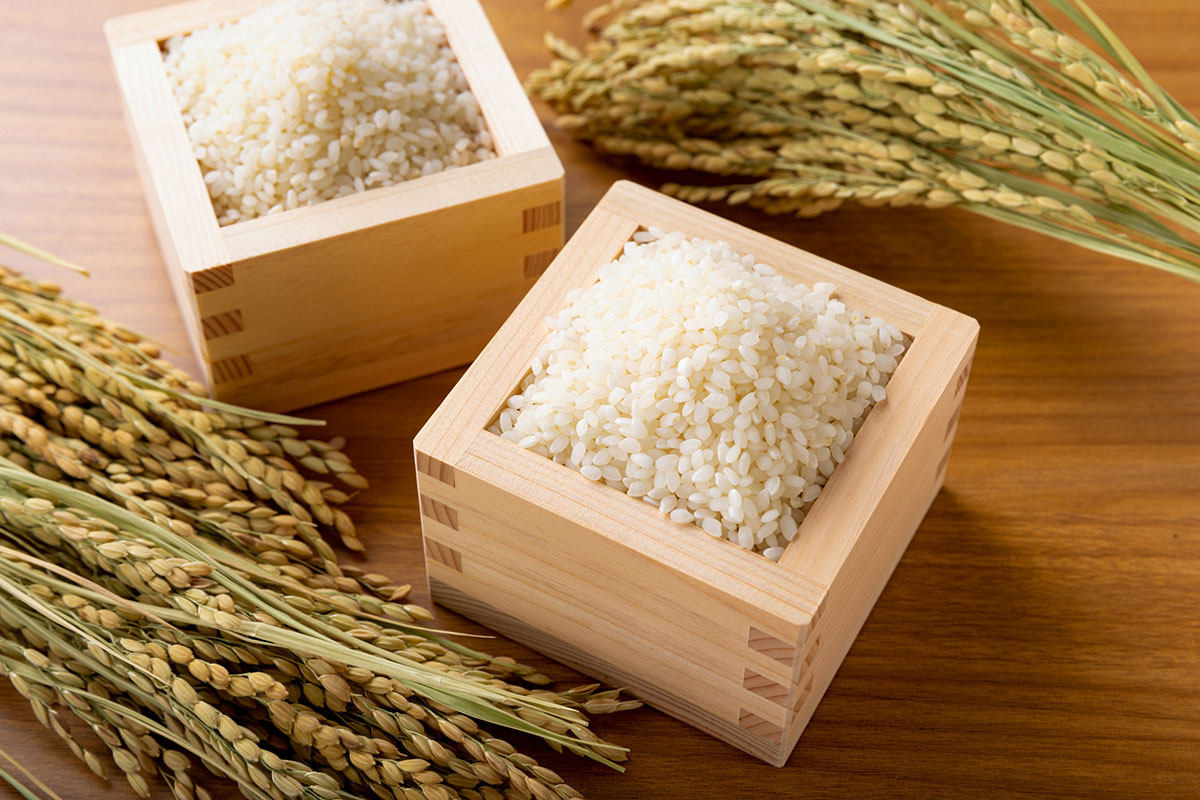
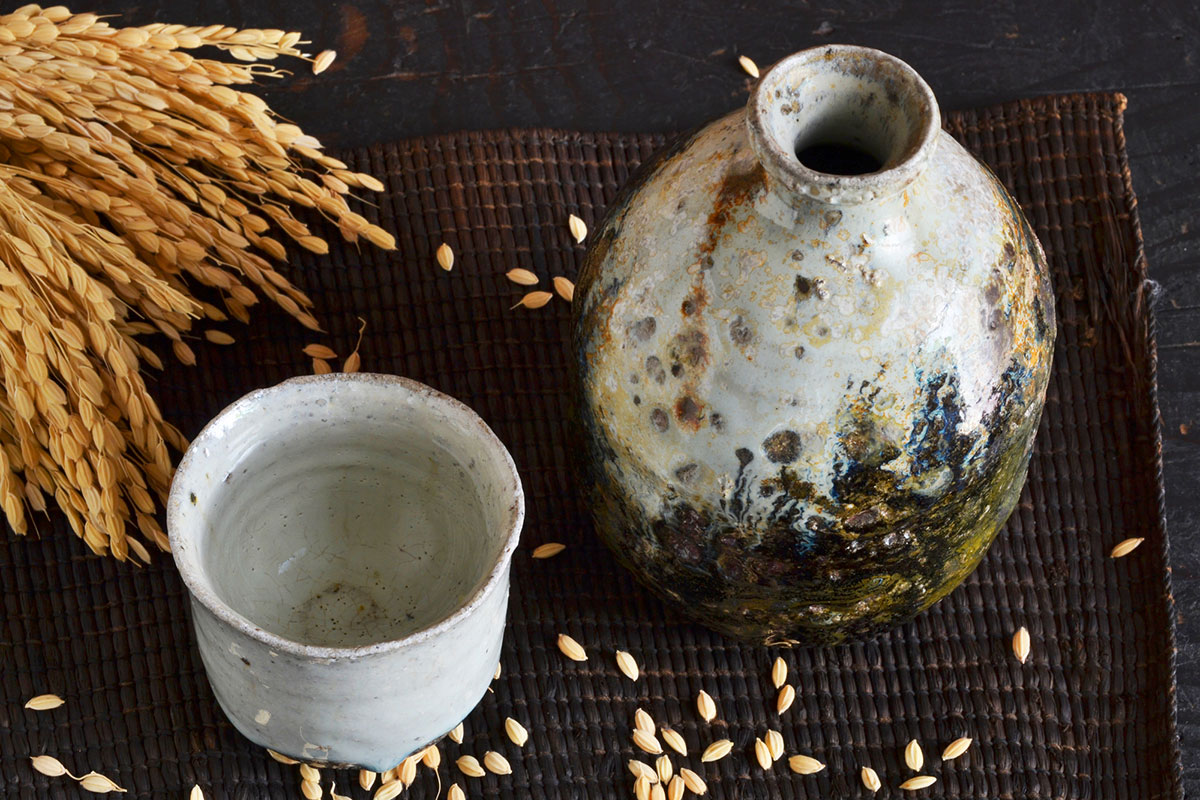
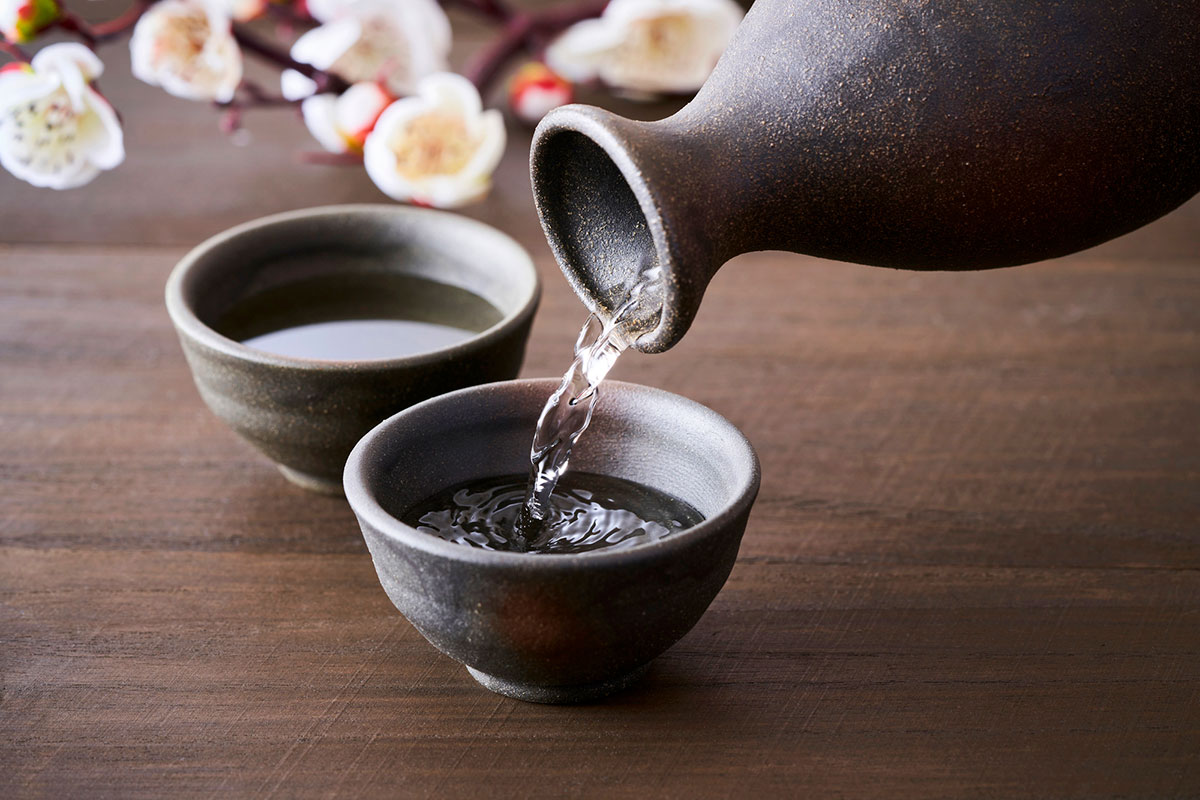
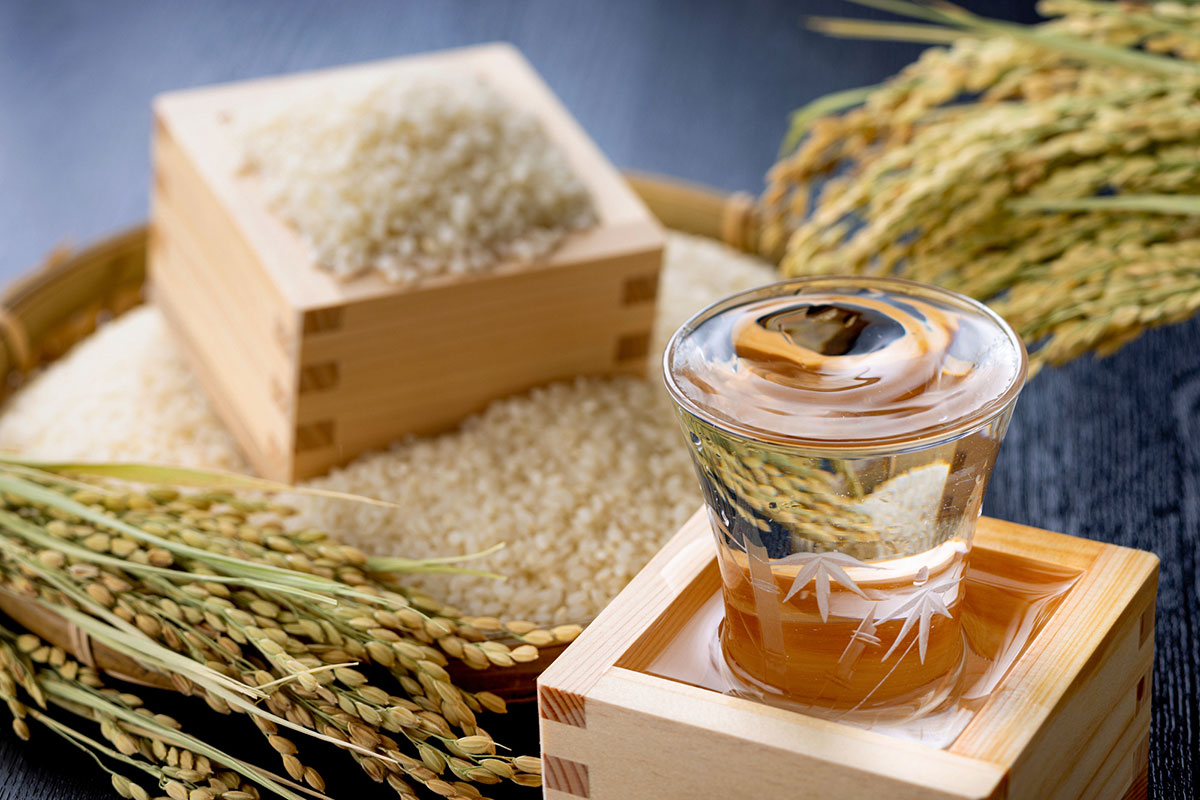

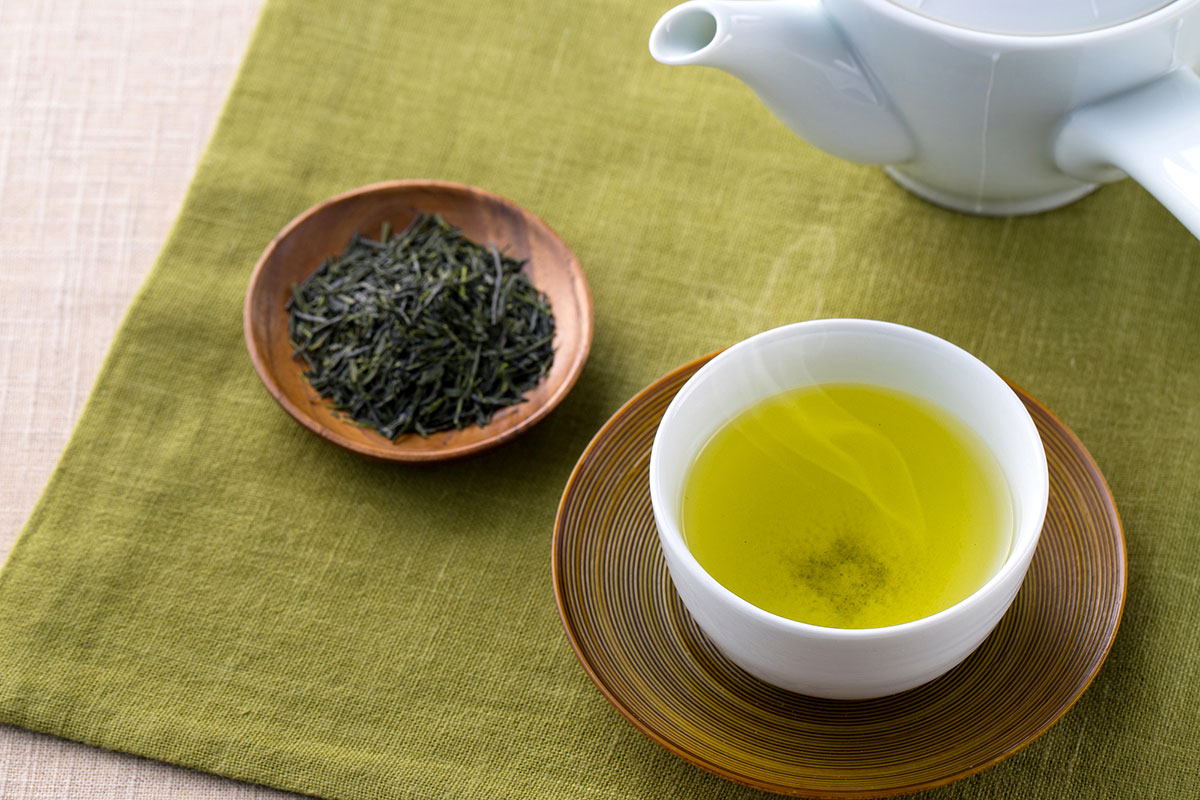
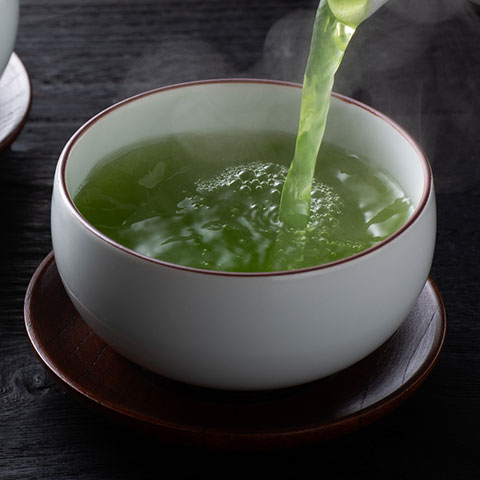
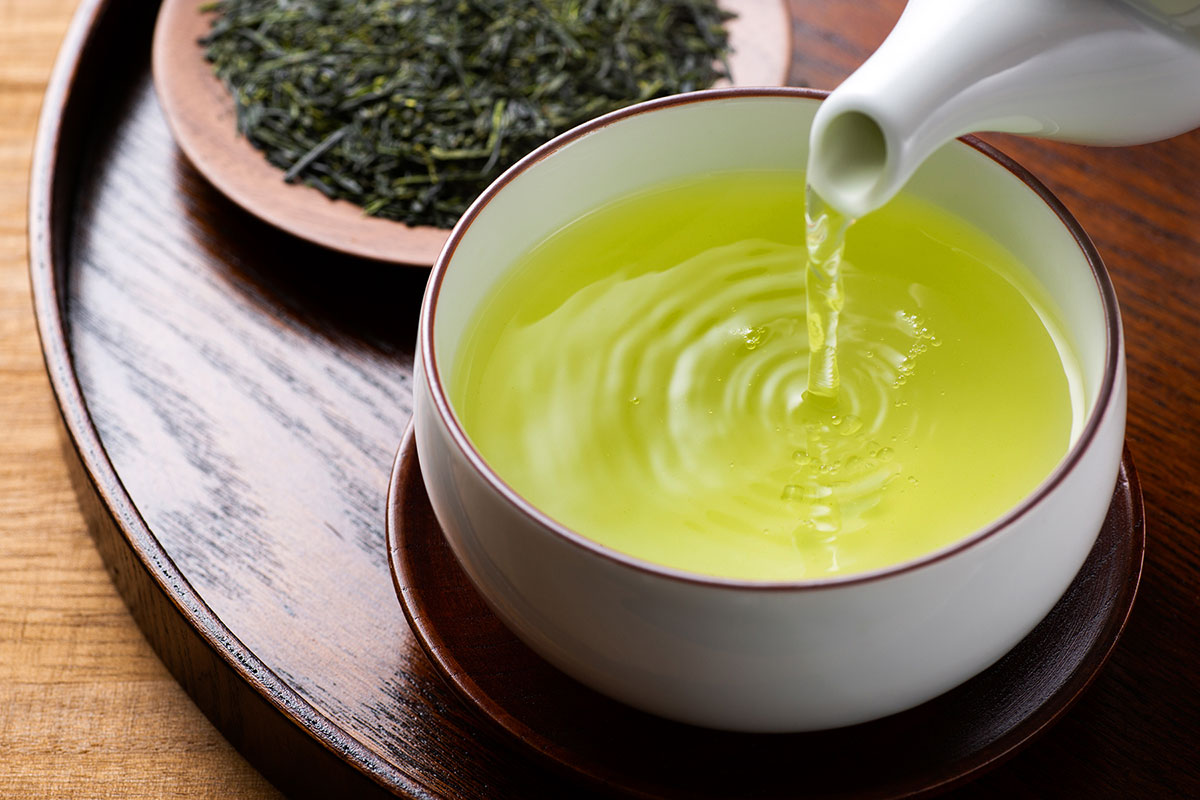
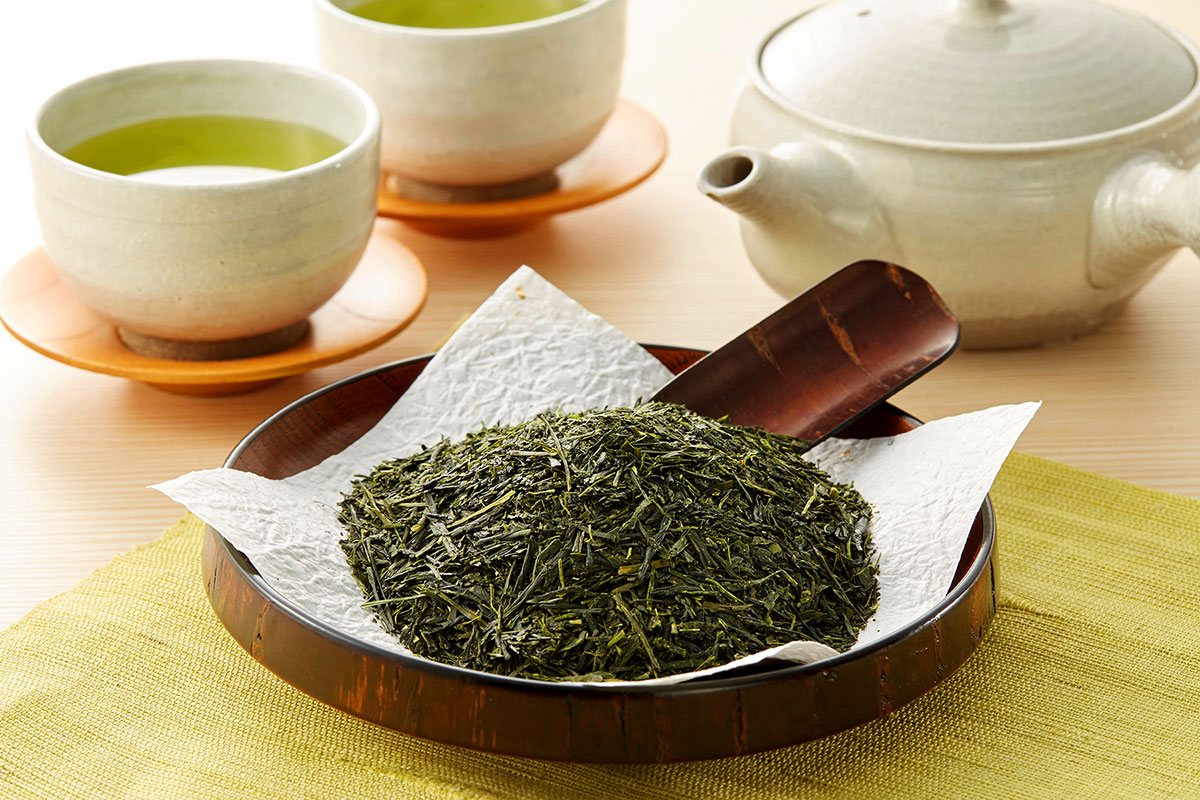
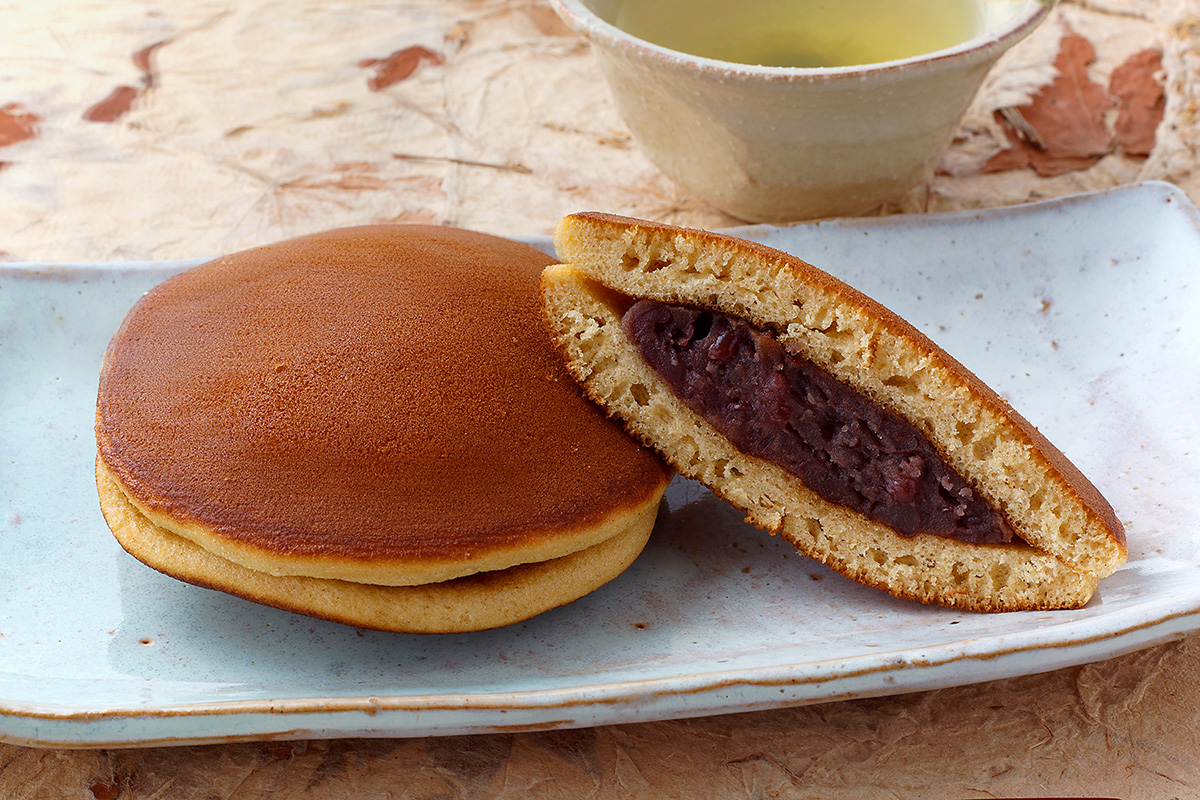
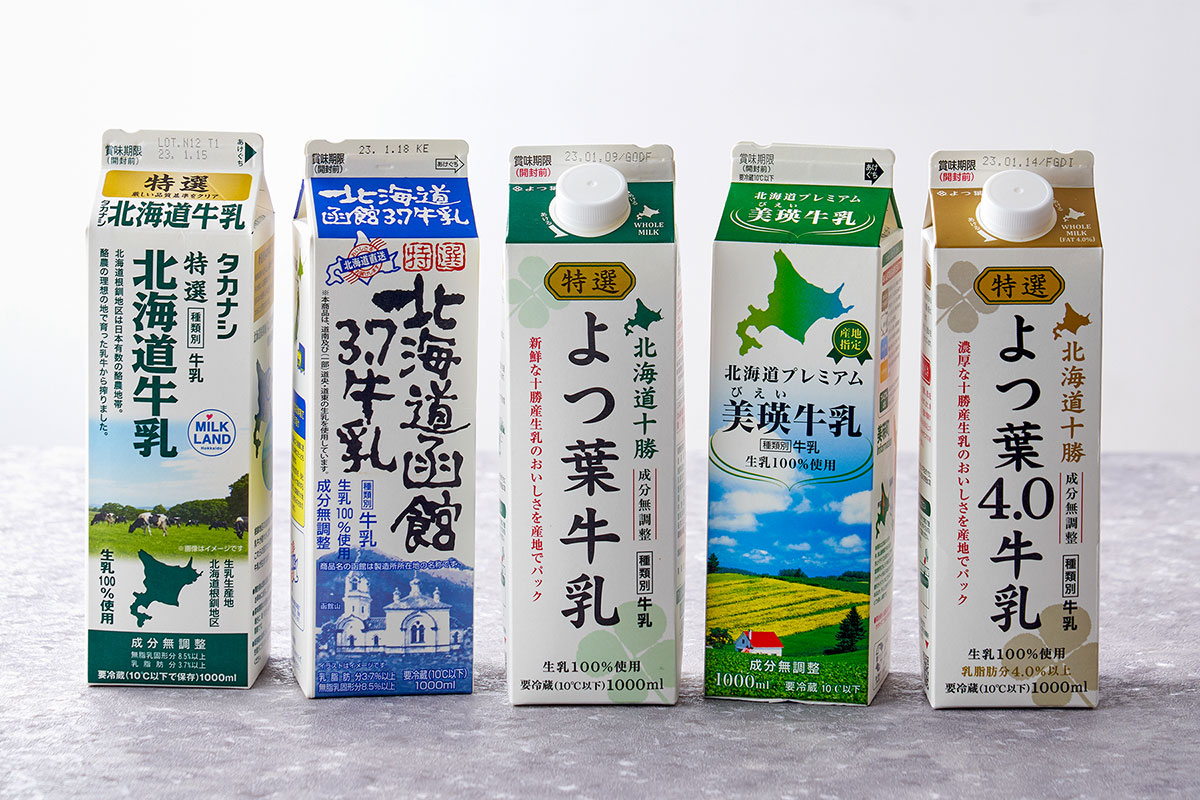
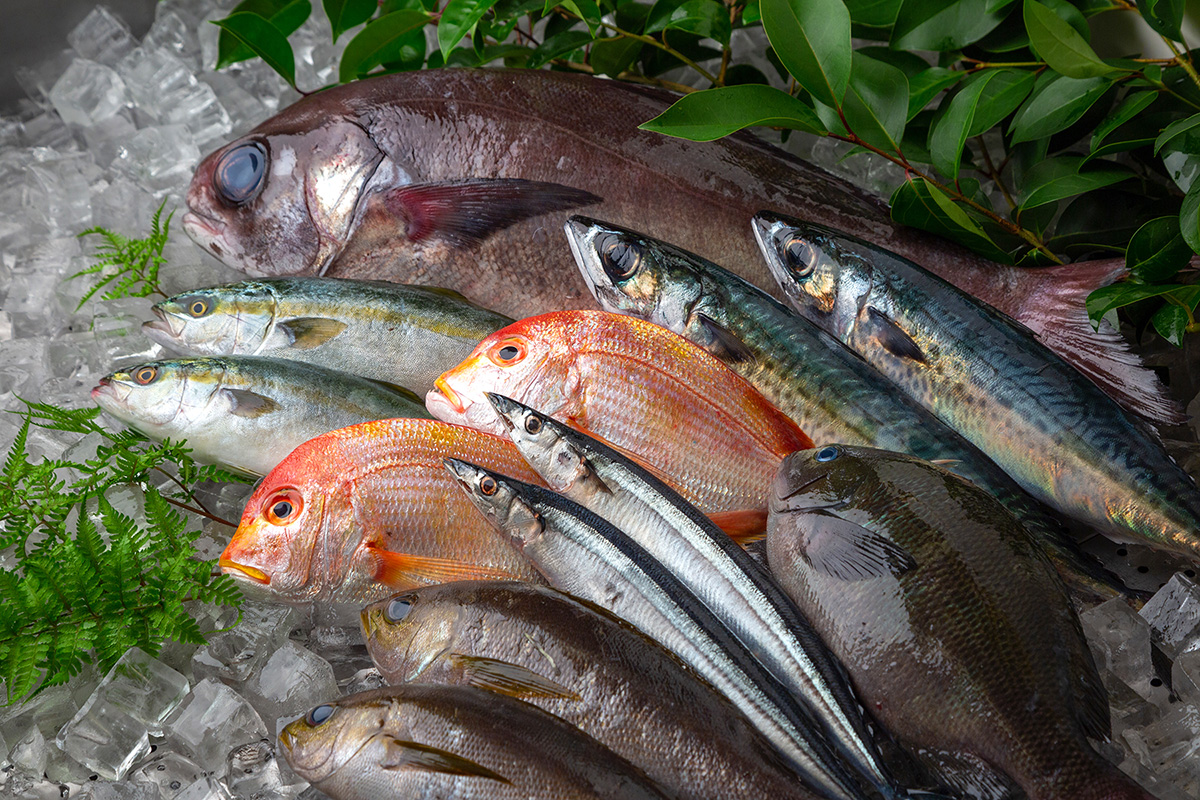
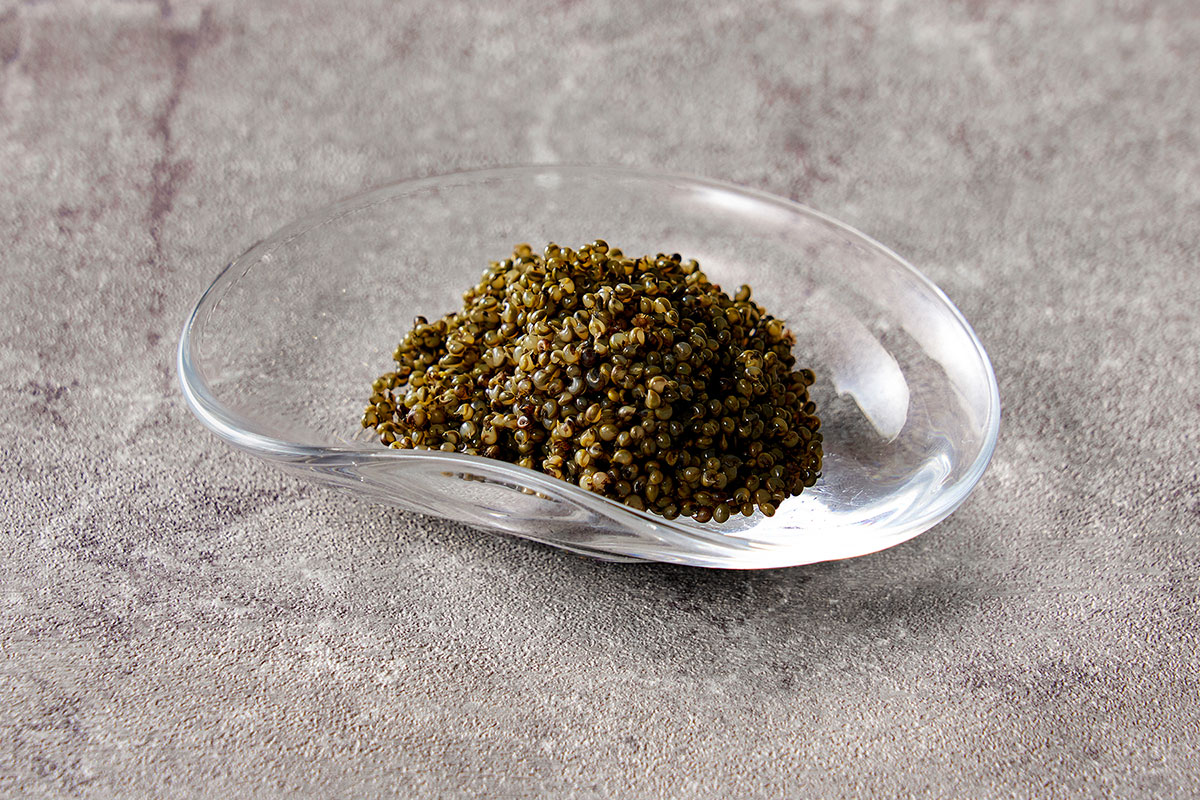
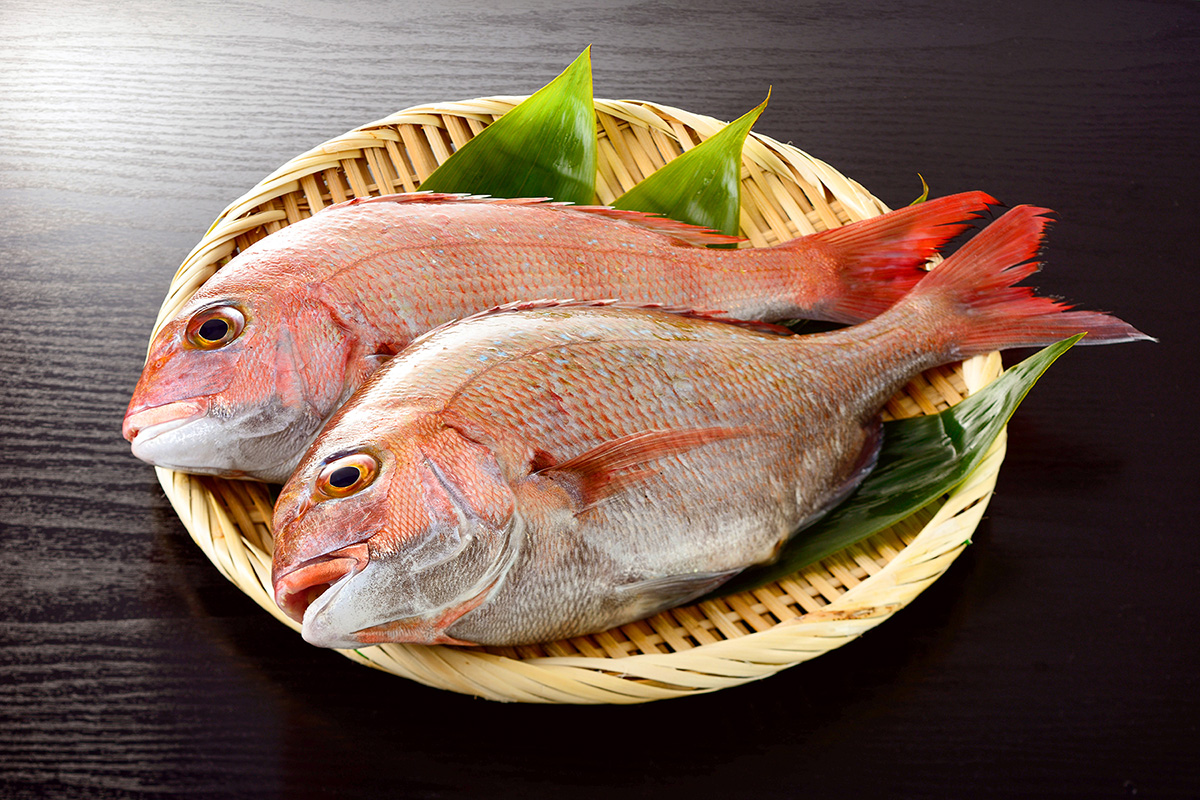
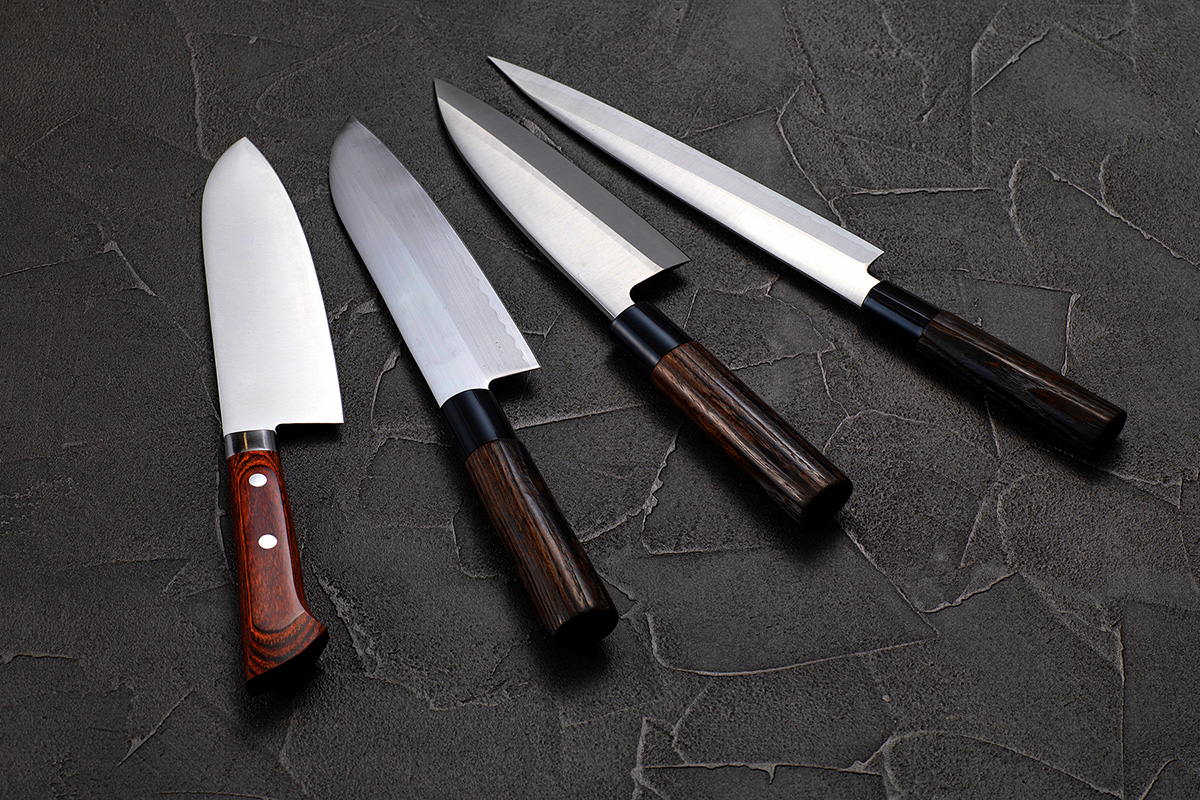
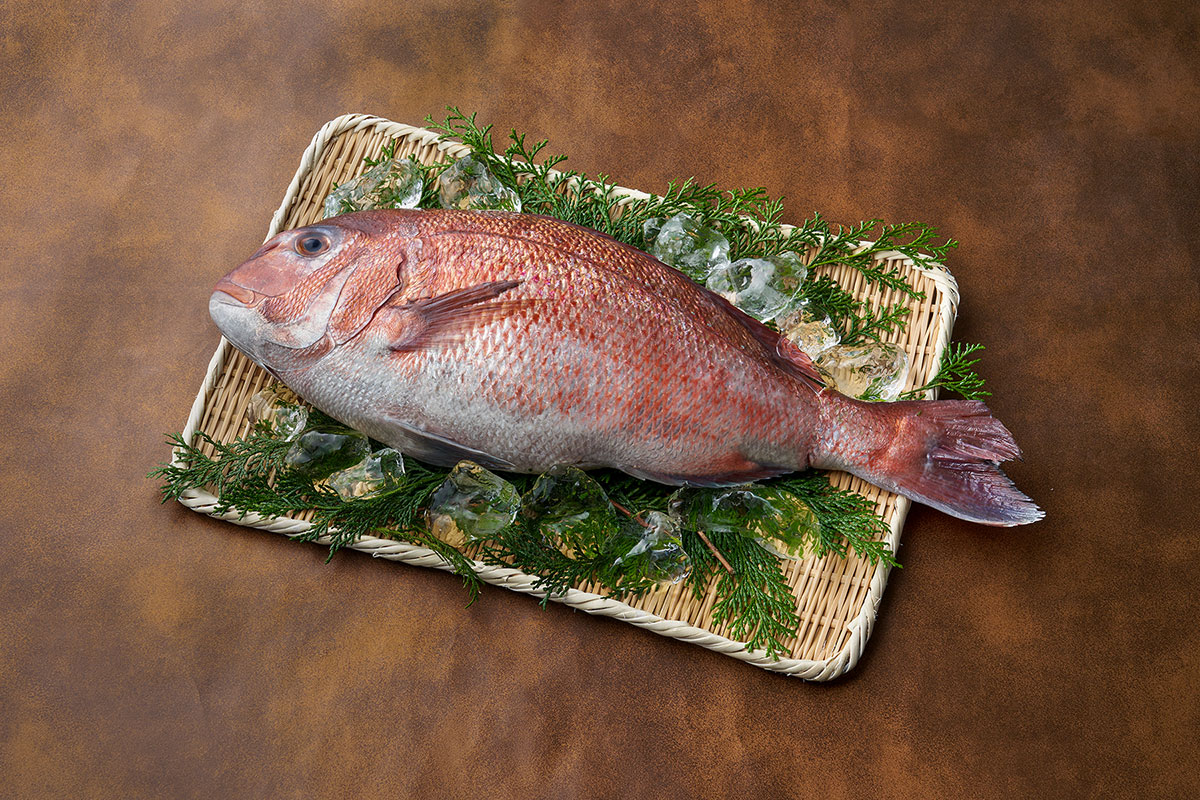
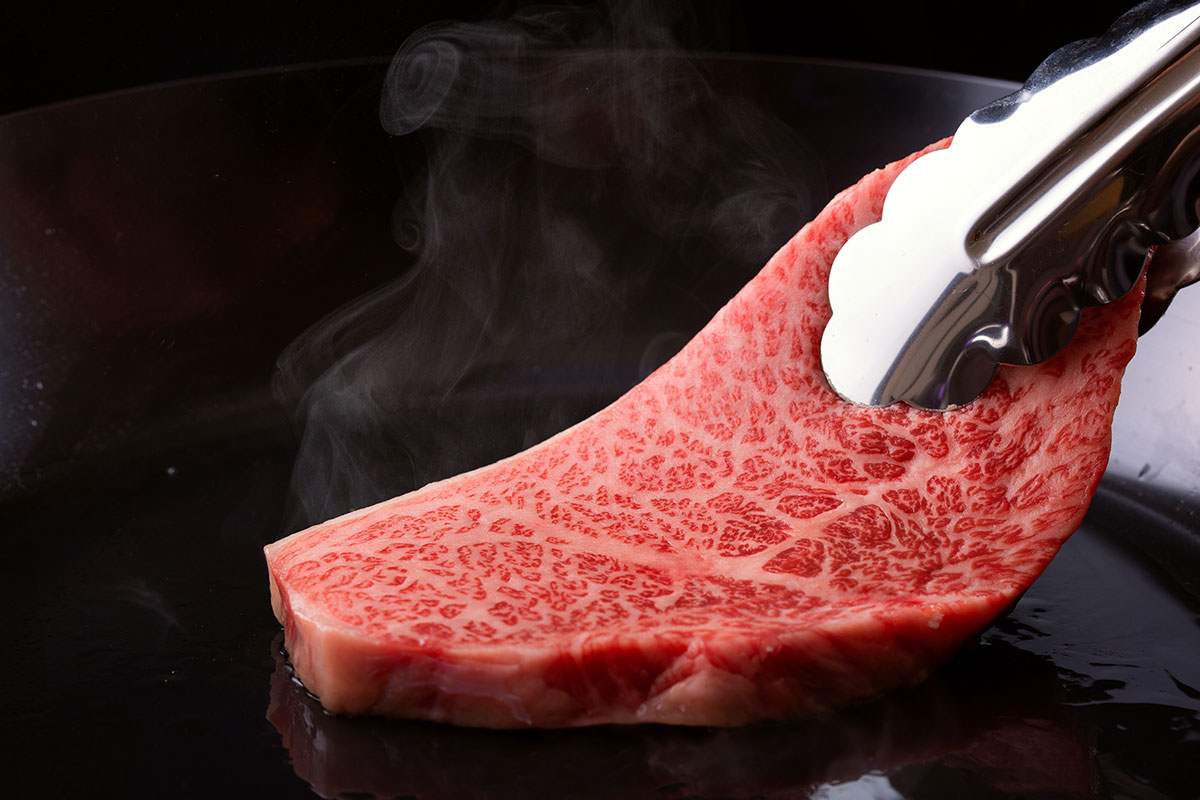
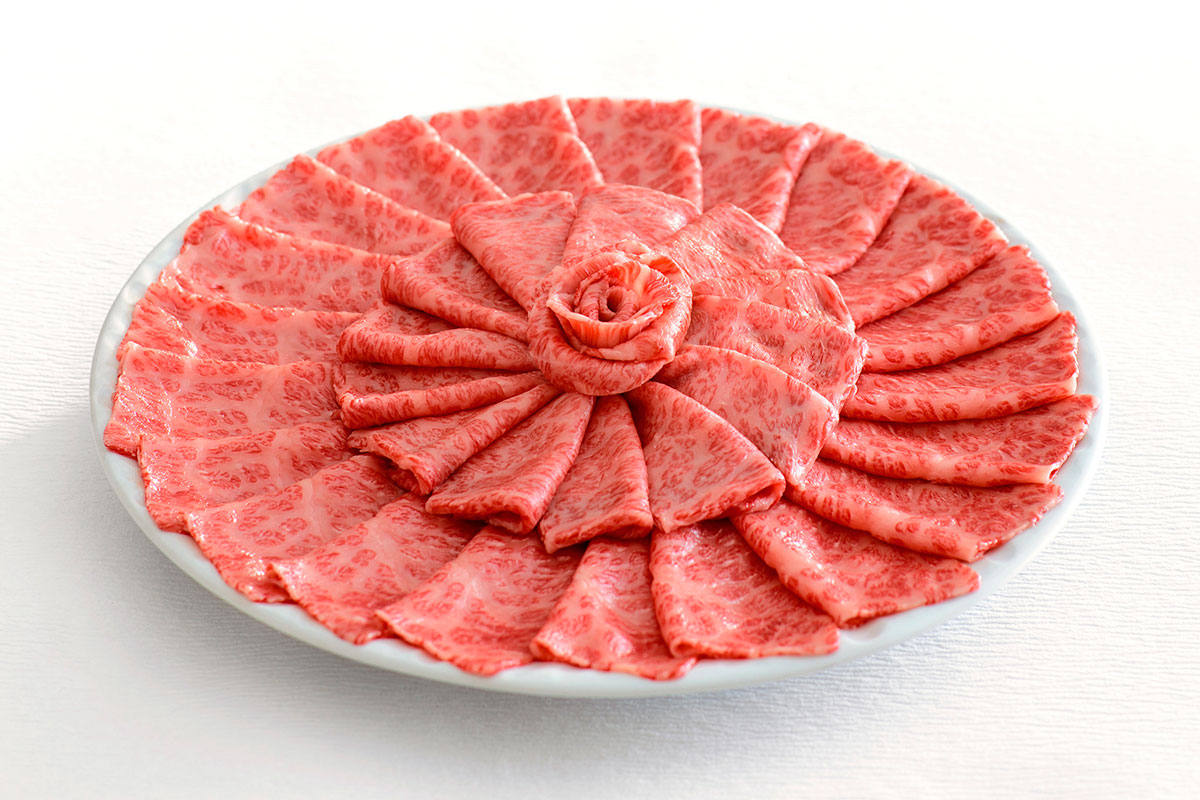
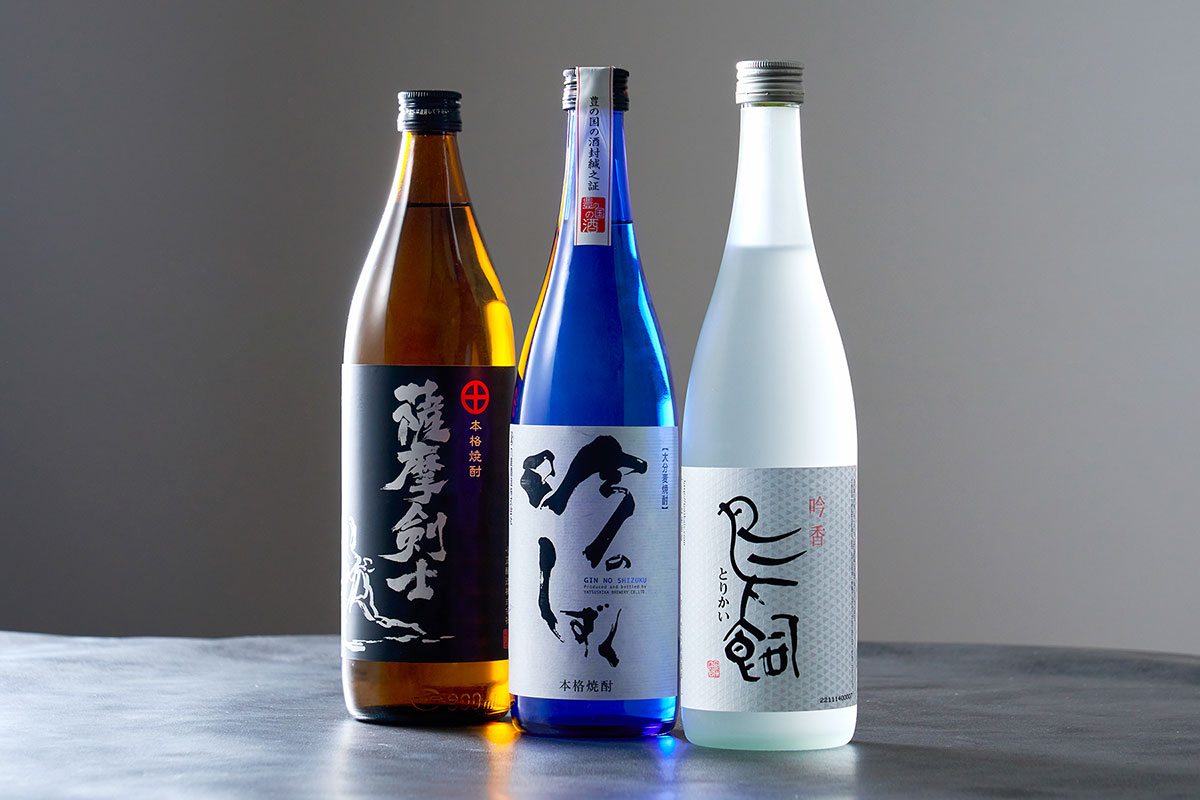
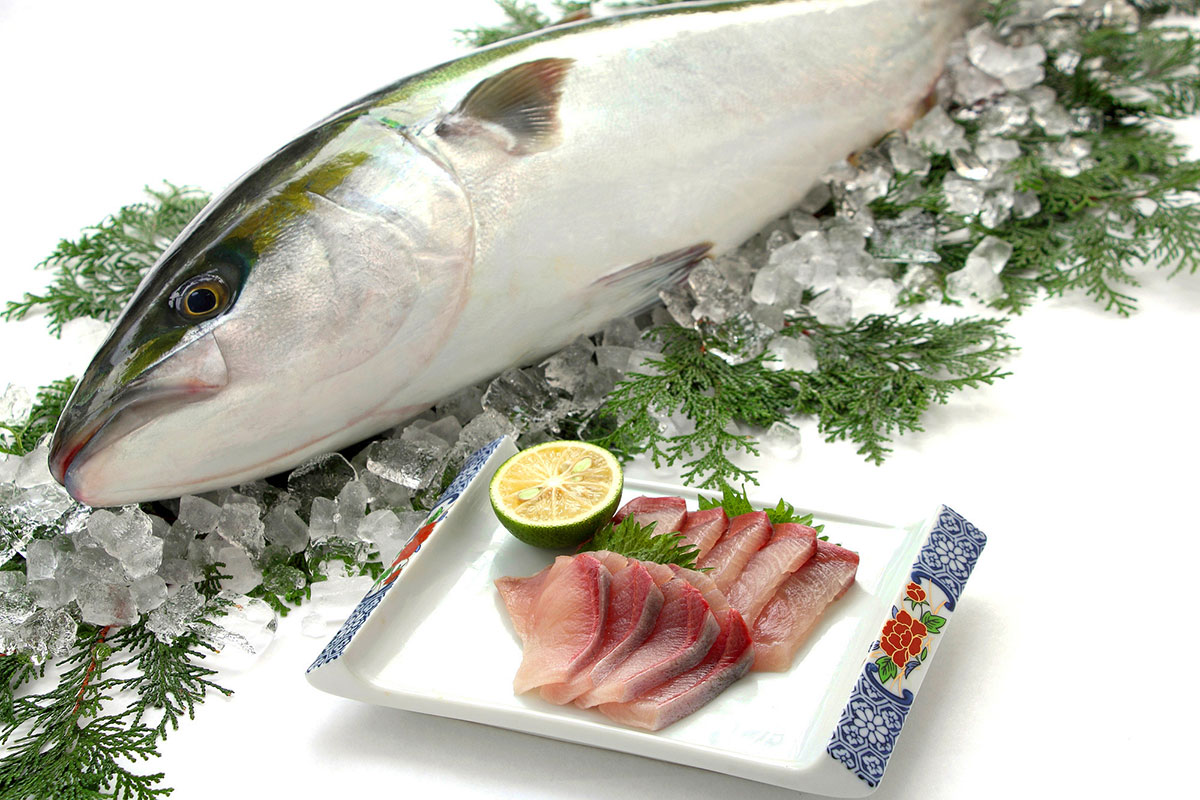
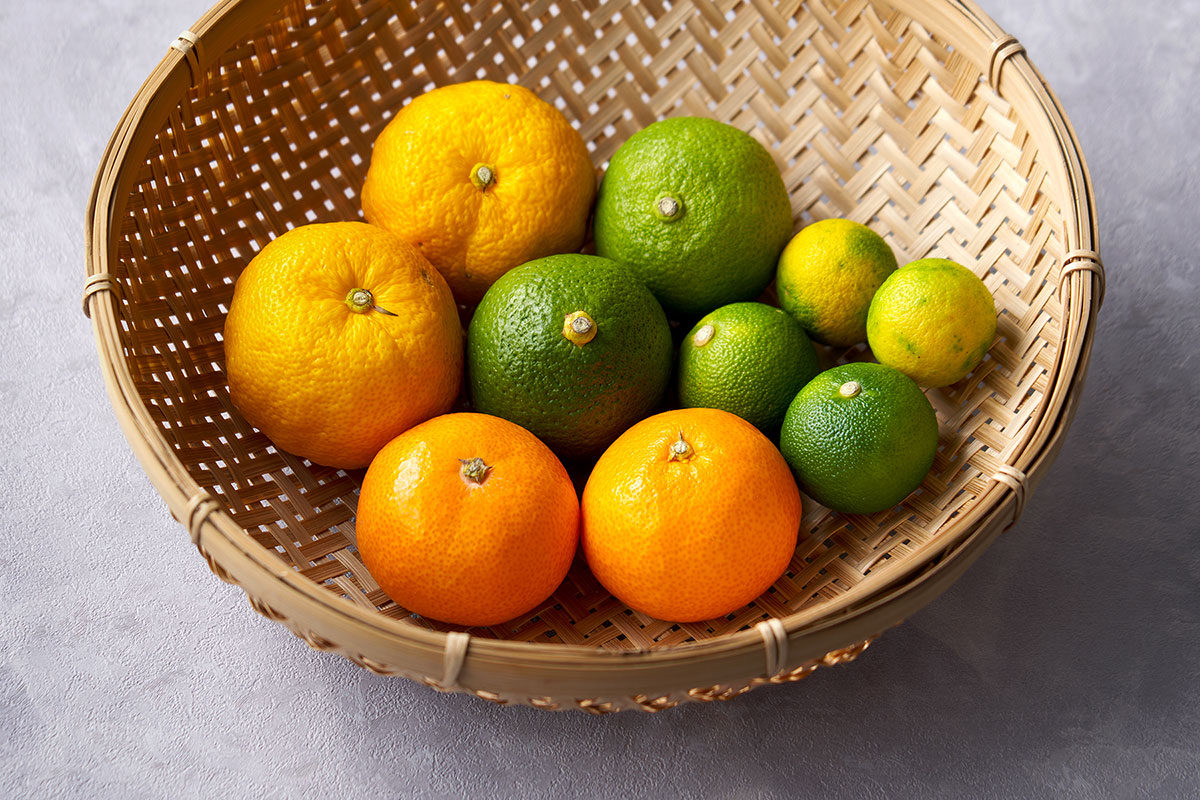
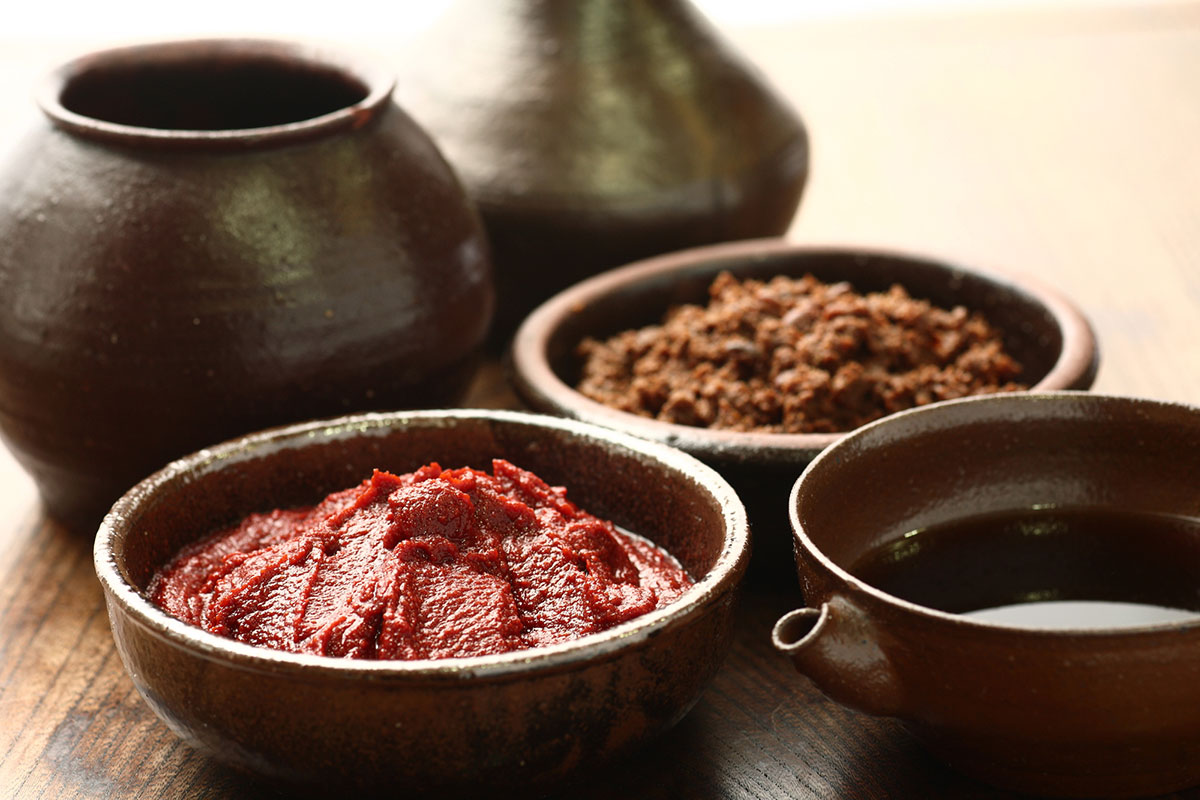
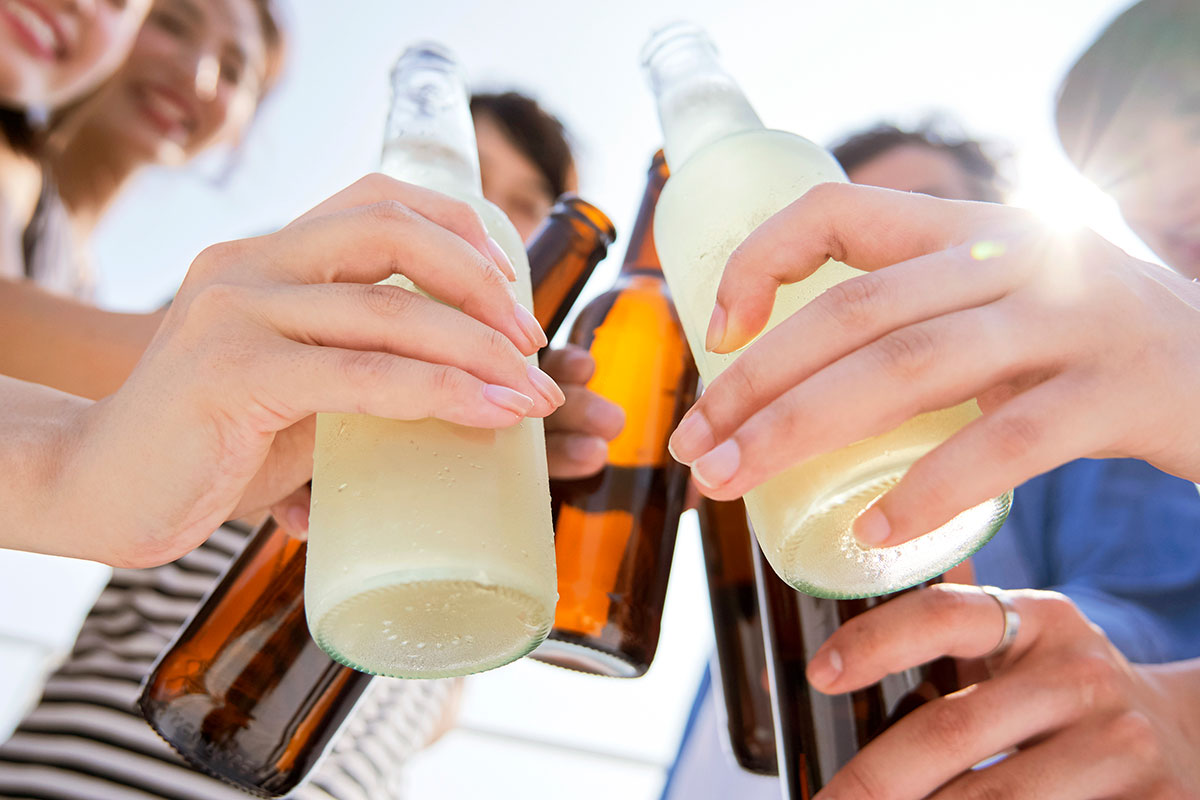
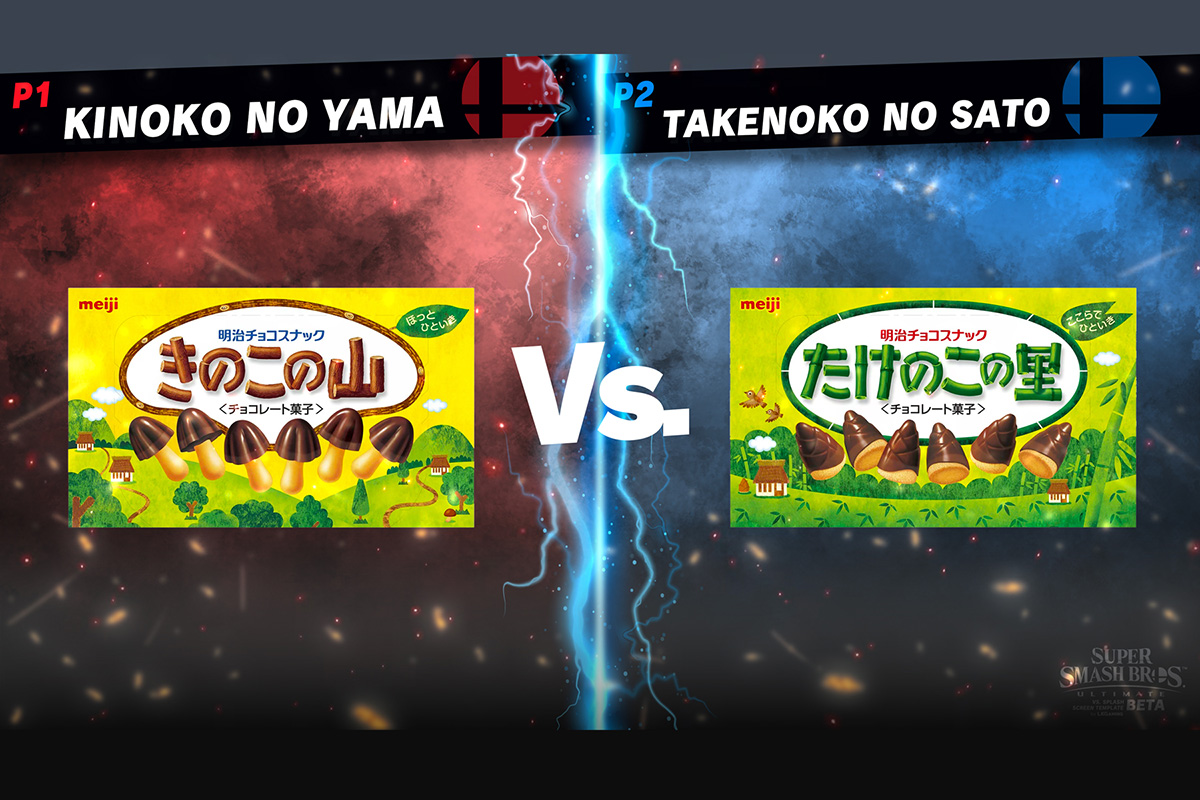
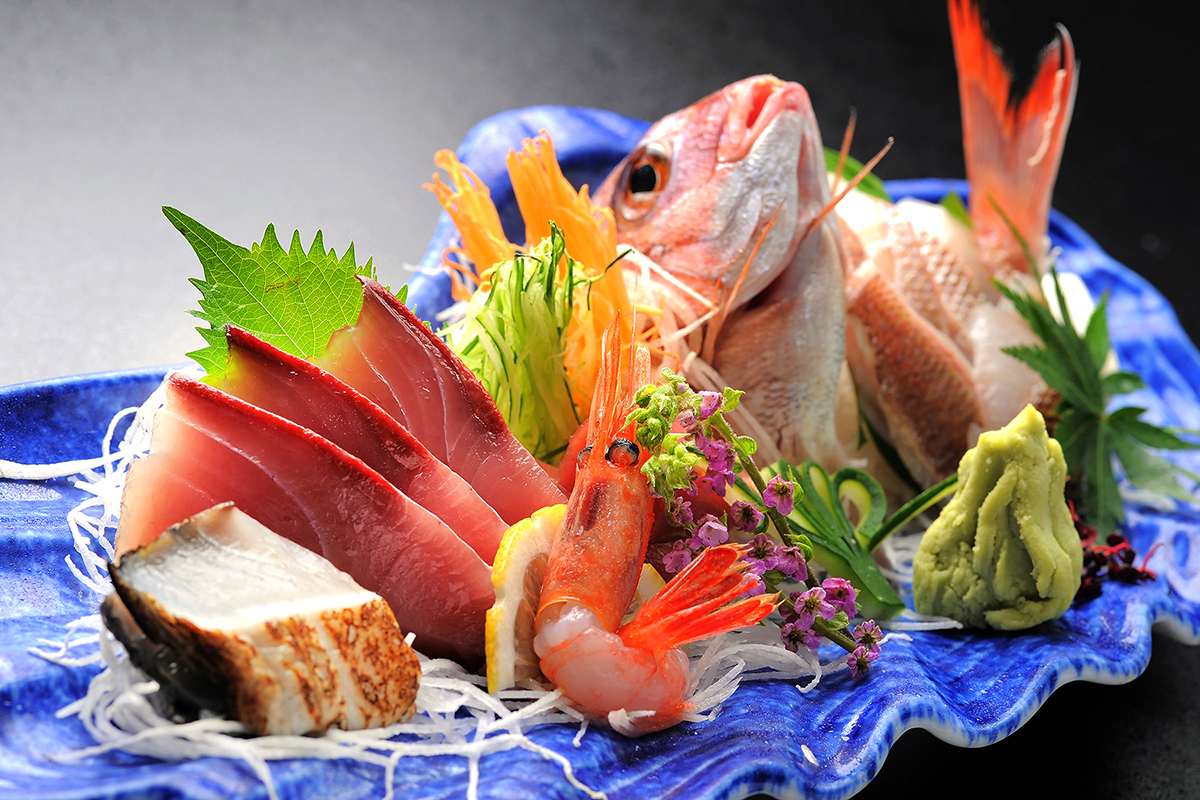
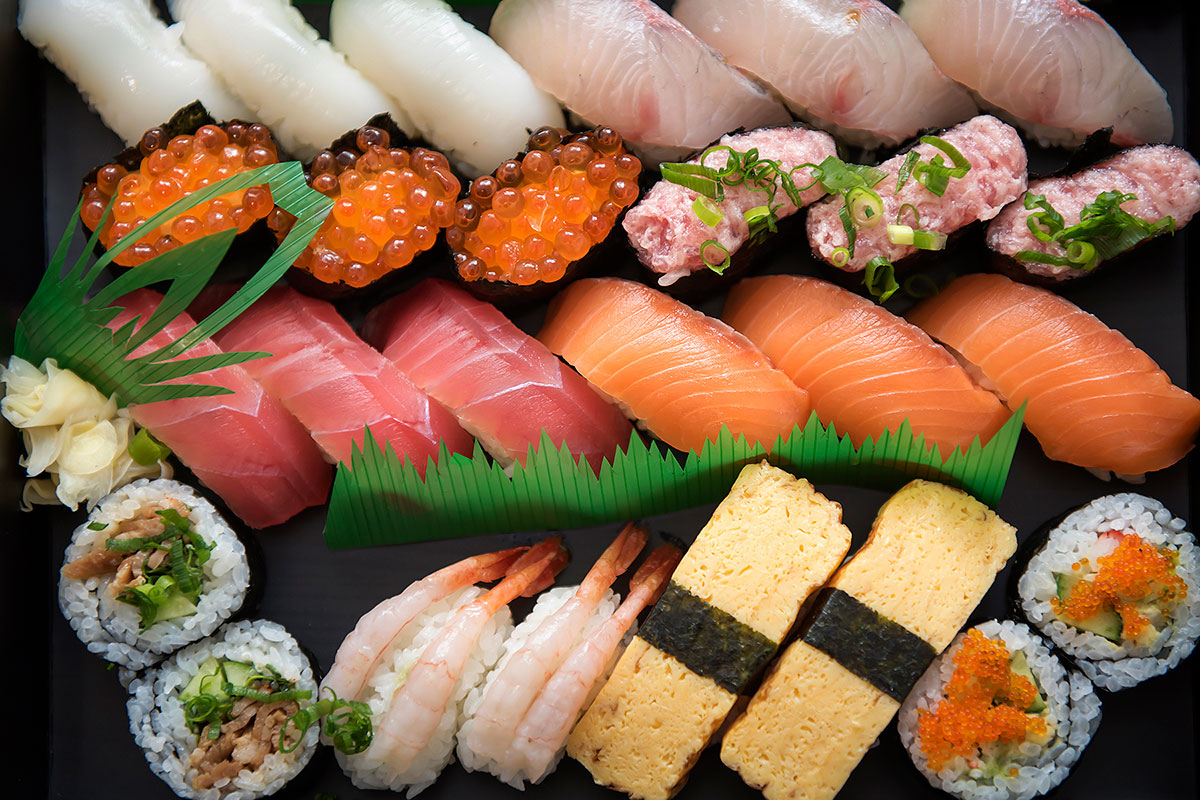
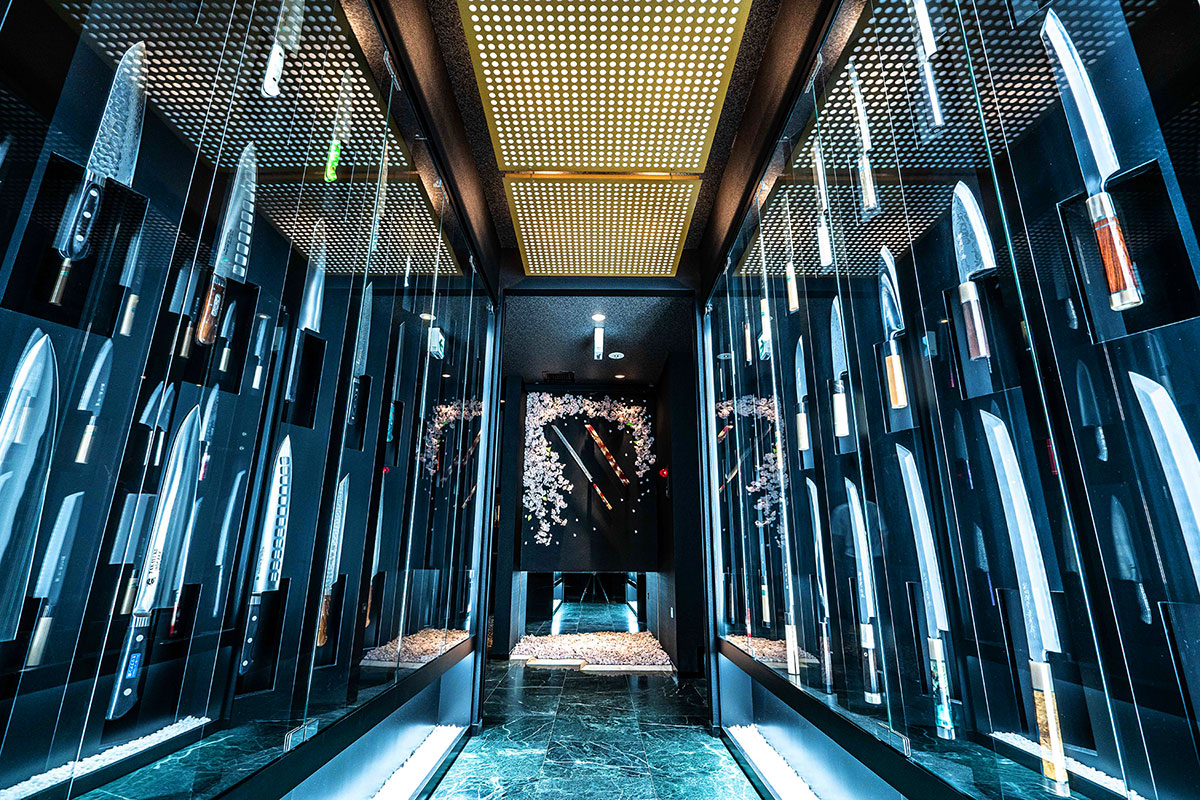
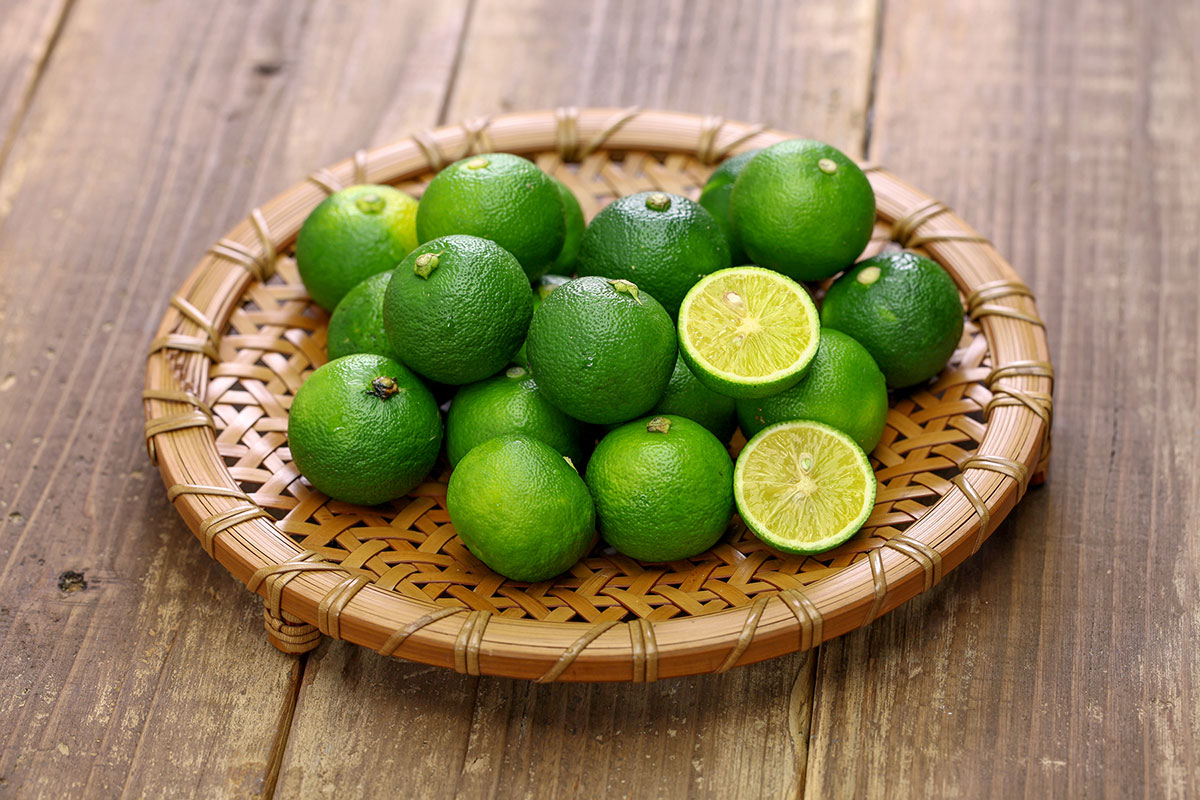
Comment